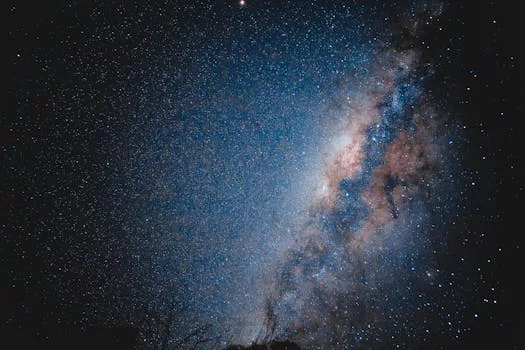
“
Beyond the Milky Way: Imagining New Worlds and Possibilities
Introduction to the Wonders of the Universe
Beyond the Milky Way: Imagining New Worlds and Possibilities is a journey through the vast expanse of the universe, exploring the wonders of the cosmos and the possibilities of new worlds beyond our own. The Milky Way, our home galaxy, is just one of billions of galaxies in the observable universe, each containing billions of stars and potential planets. As we continue to explore and understand the universe, we are constantly reminded of the infinite possibilities that lie beyond our small corner of the cosmos.
Exploring the Milky Way and Beyond
The Milky Way is a barred spiral galaxy, consisting of hundreds of billions of stars, as well as various types of interstellar gas and dust. At the center of the Milky Way is a supermassive black hole, with a mass of approximately four million times that of our sun. The Milky Way is thought to have formed around 13.6 billion years ago, during the early days of the universe, and has been evolving ever since through a series of mergers and collisions with other galaxies.
As we look beyond the Milky Way, we find a vast array of galaxies, each with its own unique characteristics and features. Some galaxies are similar to our own, while others are vastly different, with unusual shapes and structures. The universe is also home to a variety of other objects, including neutron stars, black holes, and supernovae, each with its own unique properties and behaviors. For a deeper understanding of these cosmic phenomena, check out our post on Galaxies of Dreams: How Imagination Transcends the Night Sky.
Imagining New Worlds and Possibilities
As we explore the universe, we are constantly reminded of the possibilities of new worlds beyond our own. The discovery of exoplanets, planets that orbit stars other than our sun, has opened up new avenues of research and exploration. Many of these exoplanets are thought to be located in the habitable zones of their respective stars, where conditions are suitable for life as we know it. This exciting field of study is further explored in our article Beyond the Milky Way: Imagining New Worlds and Possibilities.
The possibility of life beyond Earth is a tantalizing one and has captured the imagination of scientists and science fiction writers alike. From the moons of Jupiter and Saturn to the distant planets of other star systems, the search for life beyond our planet is an ongoing and exciting area of research. As we continue to explore and understand the universe, we may yet discover that we are not alone in the cosmos. For more on the creative aspects of space exploration, read our piece on Stellar Inspirations: Unleashing Creativity Beyond the Stars.
Conclusion and Takeaways
In conclusion, the universe is a vast and wondrous place, full of mysteries and surprises. As we continue to explore and understand the cosmos, we are constantly reminded of the infinite possibilities that lie beyond our small corner of the universe. The discovery of new worlds and the possibility of life beyond Earth are just a few of the many exciting areas of research and exploration that are ongoing.
Some key takeaways from this journey beyond the Milky Way include:
- The universe is vast and complex, with billions of galaxies and countless stars and planets.
- The Milky Way is just one of many galaxies, each with its own unique characteristics and features.
- The possibility of life beyond Earth is a real and exciting area of research and exploration.
- The universe is full of mysteries and surprises, and there is always more to discover and learn.







